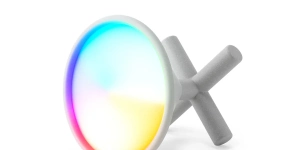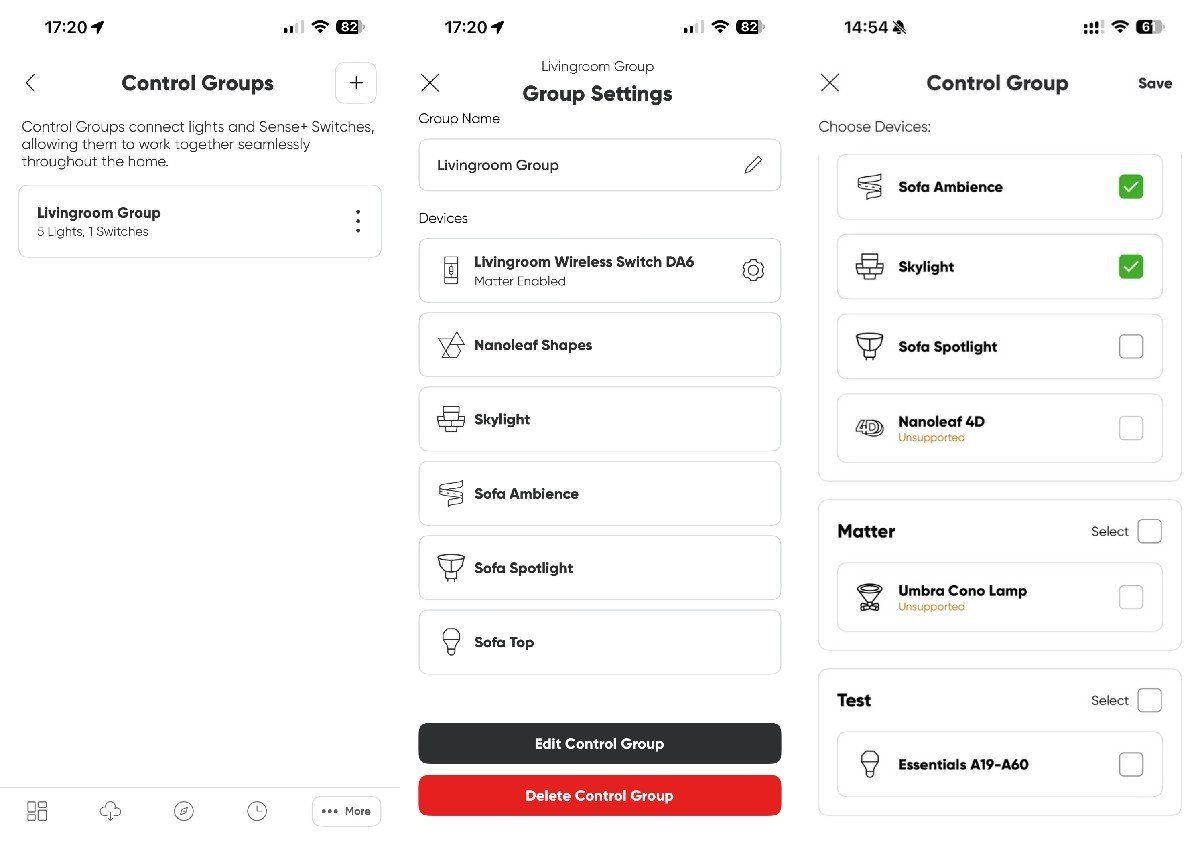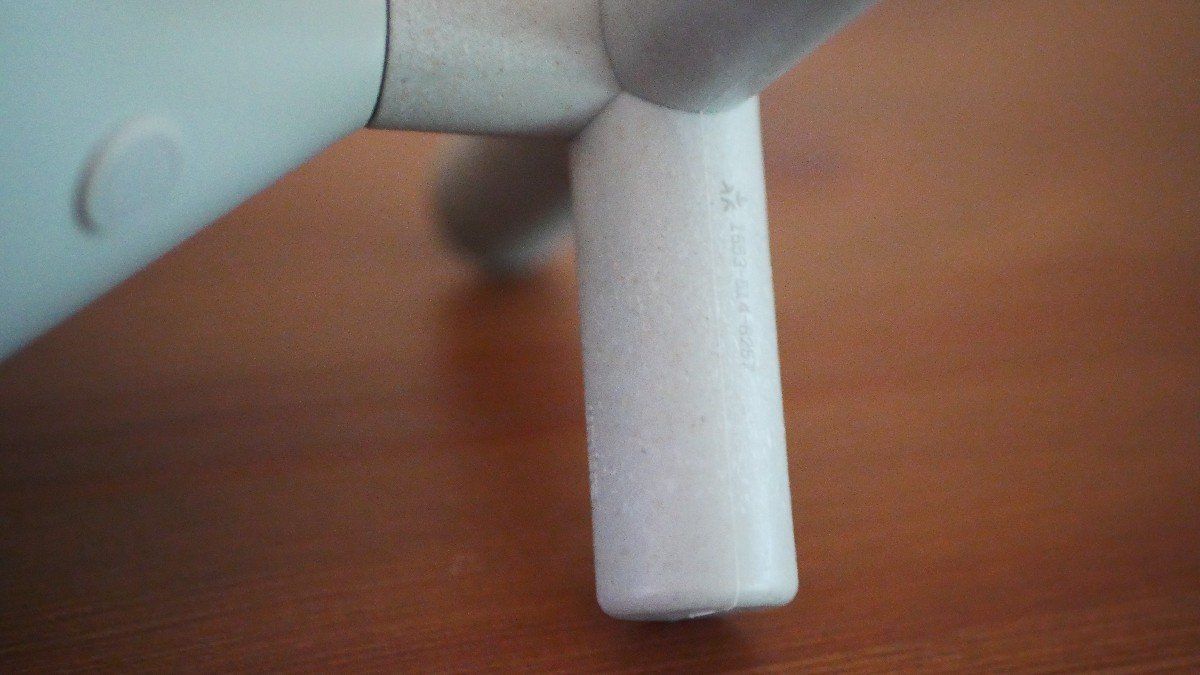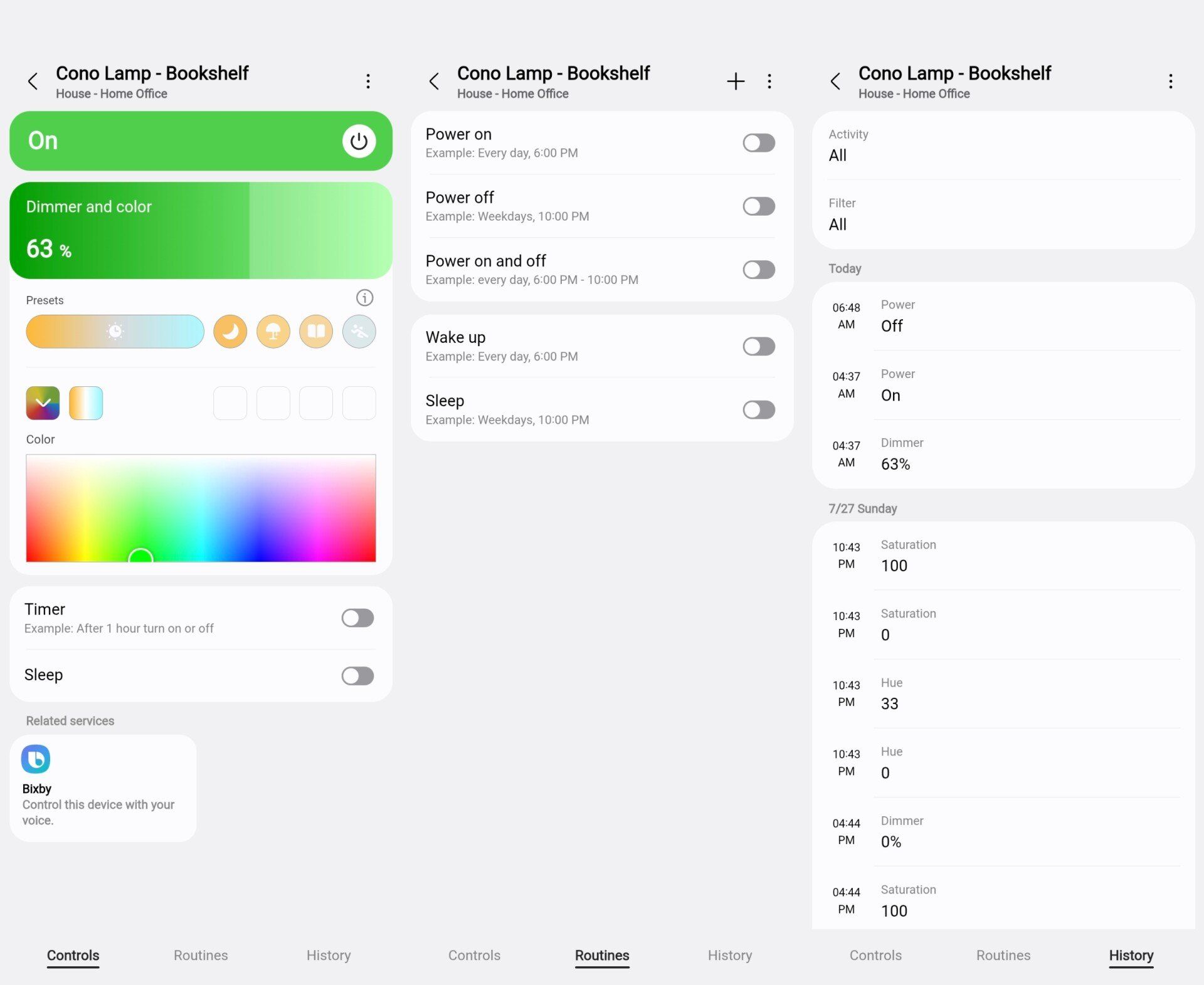The Umbra Cono smart lamp has been around for a few years—long enough for the manufacturer to lose interest. This has meant either instant death or gradual decay for many smart products, but thanks to Matter, the Cono’s story isn’t so straightforward.
Many smart products brick once the manufacturer loses interest
Traditional smart devices are designed to integrate with one specific cloud service or app. When the servers powering that service shut down, or when the required app goes away, the product becomes a brick. It’s neither usable nor something that can be sold for anything other than parts, since other people can’t use it for anything either. It becomes e-waste.
The Umbra Cono smart lamp is a collaborative product. The design comes from Umbra, a company which creates design-focused home decor. The smarts come from Matter and Nanoleaf. The latter is a company that provides an ecosystem of smart lights. Since the Cono is neither 100% Umbra's nor 100% Nanoleaf's, this makes it a prime candidate to get abandoned.

Umbra Cono Portable Smart Lamp
The Umbra Cono Lamp is an extended color light compatible with Matter, offering a diverse color palette for personalized home lighting.
Nanoleaf has largely abandoned the Cono smart lamp. The lights remain on firmware version 3.x, while other Nanoleaf devices are on 4.x. Other features like light syncing and remote binding are explicitly listed as unsupported.

You can still control the lamp via the Nanoleaf app, so it's by no means a brick. It's just a product that won't be able to fully tie into the Nanoleaf ecosystem.
Matter offers guaranteed functionality
I did not notice this state of affairs personally, since I haven’t used to the Nanoleaf app, nor do I have other Nanoleaf lights. I learned about these from a colleague here at Matter Alpha who also owns a Cono lamp. This didn't come as too big a surprise, since Nanoleaf's Matter support is hit or miss even among its own products.
I bought the Cono lamp due to its Matter functionality. I’ve added it to my hub by scanning the included QR code. In this case, the Matter setup code is even embedded directly on to the hardware itself. Thankfully, this lamp is not one of the Matter devices still requiring a bespoke app for setup.

After entering the setup code, I could then control my lights directly from Samsung SmartThings, though I have since added the lights to Home Assistant as well.
My lights remain dimmable, can change color, and work with automations
There is a set of standard features that Matter provides for all smart lighting, such as toggling a light on and off from an app. If the light is dimmable, you can adjust a virtual slider from 0 – 100%. If the light can change colors, then you can select a color from a hue wheel. All of this functionality is supported on the Cono lights.

I can also integrate these lights with the rest of my smart home. If I were to install a motion sensor in my home office like the SwitchBot motion sensor I reviewed, I could have the lights automatically come on if I enter the room in the early morning hours or late at night. I can put the lights on a timer, so that they turn off automatically rather than fully drain their own batteries.
This functionality will work for the life of the product
I never needed to establish a relationship with Nanoleaf in order to use these lights, which means I’m not dependent on ongoing support in order for the lights to continue working as they do right now. Light any portable light lacking smart features, I really don’t need to know if the company that made it even continues to exist.
The features Matter provides are enough to justify my purchase of several Umbra Cono smart lamps. If you’re in need of a portable light that functions are more than a flashlight, I can still recommend these lights today, even with their lapse in support.
That’s entirely thanks to Matter.

